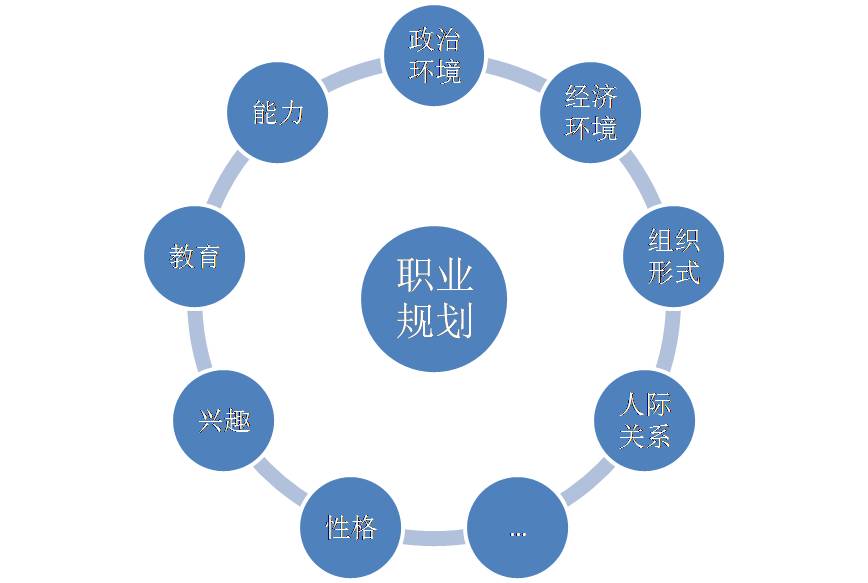Look at a graph created by CLSA (short for Credit Lyonnais Securities Asia 里昂证券) which shows the gro
Title: The Growth of China's Luxury Goods Market: A Deeper Look into the Underlying Factors
The graph provided by CLSA, depicting the growth of China's luxury-goods market, is a testament to the rapid expansion of this sector in one of the world's most populous countries. This essay aims to analyze the underlying factors that have contributed to this trend and provide a comprehensive understanding of the current state of China's luxury market.
One of the key messages conveyed by the graph is the remarkable growth of China's luxury market over the past decade. According to CLSA, the country's luxury-goods sales grew from ¥100 billion in 2011 to ¥440 billion in 2020, representing an average annual growth rate of 17%. This substantial increase highlights the increasing affluence of Chinese consumers and their willingness to invest in high-end products.
Several underlying factors have driven this growth, which can be categorized into economic, social, and cultural aspects.
Economic factors have played a crucial role in the development of China's luxury market. As the country's economy has grown at an unprecedented pace over the past few decades, its citizens' disposable income has also increased significantly. With more money in their pockets, Chinese consumers have been able to afford a wider range of luxury goods, driving demand for high-end brands and products. Additionally, China's rising middle class, characterized by increasing income and education levels, has become a significant force within the luxury market, driving consumption and investment.
Social factors have also contributed to the growth of China's luxury market. The rise of e-commerce platforms, such as Tmall and JD.com, has made it easier for consumers to access luxury products from around the world. This convenience has further fueled demand for luxury goods, as Chinese shoppers can now browse and purchase items from the comfort of their own homes. Furthermore, social media platforms, such as WeChat and Douyin, have created new channels for brands to connect with consumers and promote their products directly to them. These social media influencers have become powerful marketing tools, shaping consumer behavior and driving demand for luxury goods.
Cultural factors have also played a role in the growth of China's luxury market. In recent years, there has been a growing emphasis on personal achievement and upward mobility among Chinese citizens. This focus on self-improvement has led many consumers to view luxury goods as symbols of success and status. As a result, luxury brands have capitalized on this cultural shift by creating products that are emblematic of wealth and prestige. Additionally, the growing popularity of traditional Chinese medicine and wellness practices has also contributed to the growth of the luxury market in China. As consumers seek out natural and holistic approaches to health and wellbeing, luxury brands have introduced products that align with these values, such as high-quality teas and supplements.
In conclusion, the growth of China's luxury market can be attributed to a combination of economic, social, and cultural factors. The increasing affluence of Chinese consumers, coupled with advancements in e-commerce technology and the influence of social media influencers, has created a thriving environment for luxury brands looking to tap into this rapidly expanding market. As long as these underlying factors continue to drive growth, it is likely that China's luxury market will maintain its impressive trajectory in the coming years.
The graph provided by CLSA, depicting the growth of China's luxury-goods market, is a testament to the rapid expansion of this sector in one of the world's most populous countries. This essay aims to analyze the underlying factors that have contributed to this trend and provide a comprehensive understanding of the current state of China's luxury market.
One of the key messages conveyed by the graph is the remarkable growth of China's luxury market over the past decade. According to CLSA, the country's luxury-goods sales grew from ¥100 billion in 2011 to ¥440 billion in 2020, representing an average annual growth rate of 17%. This substantial increase highlights the increasing affluence of Chinese consumers and their willingness to invest in high-end products.
Several underlying factors have driven this growth, which can be categorized into economic, social, and cultural aspects.
Economic factors have played a crucial role in the development of China's luxury market. As the country's economy has grown at an unprecedented pace over the past few decades, its citizens' disposable income has also increased significantly. With more money in their pockets, Chinese consumers have been able to afford a wider range of luxury goods, driving demand for high-end brands and products. Additionally, China's rising middle class, characterized by increasing income and education levels, has become a significant force within the luxury market, driving consumption and investment.
Social factors have also contributed to the growth of China's luxury market. The rise of e-commerce platforms, such as Tmall and JD.com, has made it easier for consumers to access luxury products from around the world. This convenience has further fueled demand for luxury goods, as Chinese shoppers can now browse and purchase items from the comfort of their own homes. Furthermore, social media platforms, such as WeChat and Douyin, have created new channels for brands to connect with consumers and promote their products directly to them. These social media influencers have become powerful marketing tools, shaping consumer behavior and driving demand for luxury goods.
Cultural factors have also played a role in the growth of China's luxury market. In recent years, there has been a growing emphasis on personal achievement and upward mobility among Chinese citizens. This focus on self-improvement has led many consumers to view luxury goods as symbols of success and status. As a result, luxury brands have capitalized on this cultural shift by creating products that are emblematic of wealth and prestige. Additionally, the growing popularity of traditional Chinese medicine and wellness practices has also contributed to the growth of the luxury market in China. As consumers seek out natural and holistic approaches to health and wellbeing, luxury brands have introduced products that align with these values, such as high-quality teas and supplements.
In conclusion, the growth of China's luxury market can be attributed to a combination of economic, social, and cultural factors. The increasing affluence of Chinese consumers, coupled with advancements in e-commerce technology and the influence of social media influencers, has created a thriving environment for luxury brands looking to tap into this rapidly expanding market. As long as these underlying factors continue to drive growth, it is likely that China's luxury market will maintain its impressive trajectory in the coming years.




